RISE West attendees are abuzz with excitement as we all gather at the InterContinental Los Angeles Downtown for two days of learning and networking.
More than 650 participants (the biggest RISE West summit to date) are here to learn the latest risk adjustment strategies, Star ratings changes, quality measures, compliance and regulatory updates, and opportunities for payer-provider alignment.
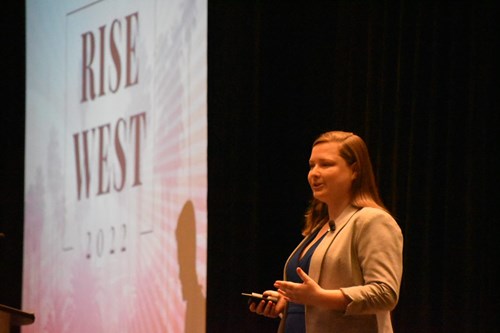
The morning kicked off with welcoming remarks from Marina Adamsky, the conference director for RISE West, and Conference Co-Chairs Deb Curry, director of risk adjustment & recoveries, Paramount Healthcare/ProMedica Health System, and Laura Sheriff, contracting risk adjustment specialist.
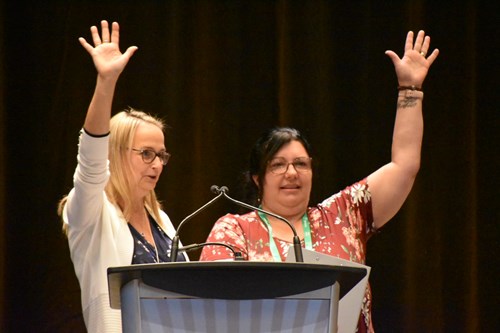
"Over the next two days, we’ll discuss the latest compliance trends, risk adjustment changes, quality updates, and innovative solutions," Adamsky said. "We’ll talk about lessons learned in the past year, and the takeaways from our faculty of extraordinary speakers."

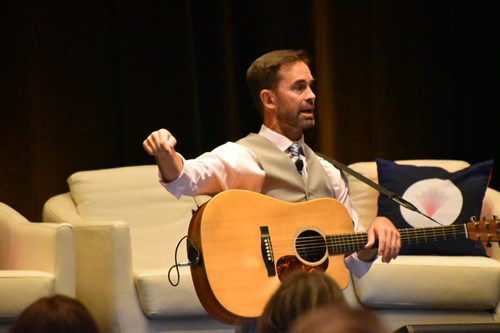
The talented Ryan Brolliar then took the stage to take us on a musical journey as he recounted his recent nine-month nationwide “Music is Medicine Tour,” where he brought music to 78 hospitals in all 50 states and visited with more than 1,500 patients. His life’s purpose, to play music for people in need, began in August 2015 when he learned that he had a tumor on his spine. After surgery, it took three months of rehabilitation until he could walk again. Following a spiritual journey to 13 countries, where he studied several religions, Brolliar began his “Music is Medicine Tour.” His motto is to see the light in every single person. “When you see the light in people, if you see the best in someone, you get the best in people.”
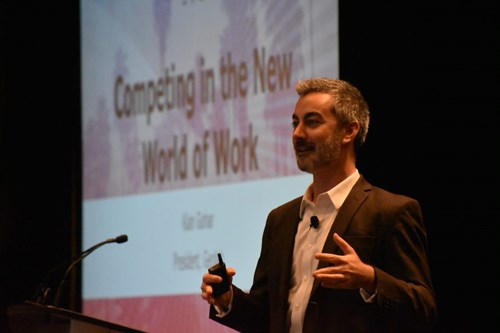
Keynote Kian Gohar, founder & CEO of Geolab, an innovation venture lab in Los Angeles that explores impact-driven innovation moonshots to tackle grand challenges, then offered insights into thriving in the new world of hybrid work. His research began in the chaos of the pandemic when he wanted to know how to innovate and compete in this hybrid world. So began a two-year project that involved interviews with 2,000 executives from across sectors and all over the world. "I wanted to understand what their teams were doing in real time to survive in a world that had turned upside down and into a life of uncertainty."
Gohar dispelled the old myths of onsite work, such as that physical presence is required to be productive, and offered tips to make the most of the new hybrid environment. Among his suggestions: make sure meetings focus on problem-solving, establish core “team hours” for communication but also create quiet time blocks, such as a certain day of the week free of internal meetings, or a quarterly quiet week that has no scheduled meetings so employees can devote themselves to deep work.
"Create intentional time for interpersonal time for depth and relationship building," he said. It's important to ask intentionally about what is going well in your team members' lives and what isn't going as well as intended. "Remember, we are humans first, colleagues, second."
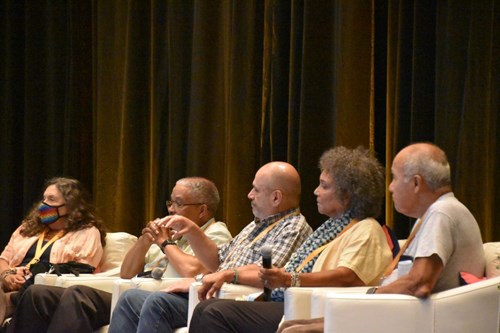
Next was a conference favorite: a panel featuring Medicare and Medicare Advantage beneficiaries to find out what they really think about program offerings so plans can use the information to improve the member experience. The panel, moderated by Shannon O’Connell, senior manager, Engagys, featured eight seniors who offered their thoughts on Star ratings (they never heard of 5-Star ratings) and what caused them to enroll in their plan (top answers: price and provider network). Their tips to improve service: Websites and portals should be easy-to-read (light-colored font might look nice but is difficult to read); offer better dental coverage that includes nearby dentists; and inform members about how to take advantage of their benefits.
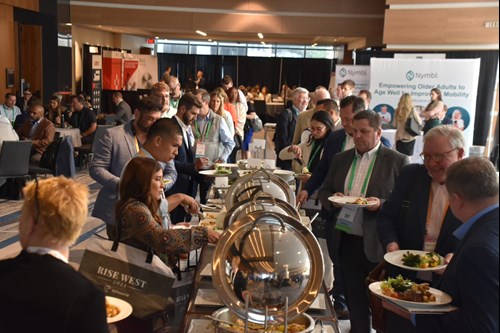
We then broke into concurrent sessions before and after a networking lunch in the exhibit hall. Attendees had a choice of sessions within three tracks: risk adjustment strategies, quality, and compliance/regulatory updates. Our Tools & Technology Spotlight sessions featured presentations by Edifecs, Pareto Intelligence, and Wolters Kluwer.
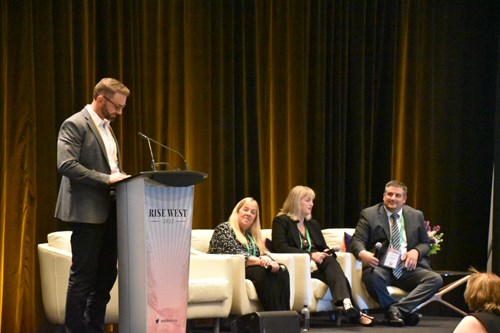
The entire group came together again to hear insights from a leadership panel on learnings from 2022. Moderated by Ciox’s Tim Macken, vice president of payer growth, the panel discussed a wide range of topics, including annual wellness visits, telehealth, revenue management strategies, and their top concerns and strategies for the year.
Panelist Margaret Paroski, M.D., president and chief executive officer, Catholic Medical Partners, said she was surprised that post-COVID, there is a lot of unhappiness in primary care practices. “What we learned is when we saw a light at the end of tunnel what they saw was headlights of an ongoing train,” she said. In addition to political unrest, the overturning of Roe v. Wade, and the high inflation rate, Dr. Paroski said that primary care practices are seeing their overhead increasing, higher salary demands from staff that leads to turnover, and they are perpetually training new staff. Yet, they are under pressure to see patients every 15 minutes.
“People are anxious, irritable, and entitled. They have forgotten how to work as a team,” she said, adding that as her team works to improve the patient experience, they are also working with practices to restore positivity in the office so all the unhappiness doesn’t resonate with the patient.
Gretchen Shanofsky, an independent consultant, said health plans need to think about how they can influence and align member incentives with provider incentives to address inequities in the health system.
Tom Nasadoski, vice president, risk adjustment, CDPHP, a small regional health plan, said he is focused on innovation. They recently formed a management services organization and partnered with a local primary care group of 400 physicians. CDPHP is running the administrative piece of it. The next step is working with providers to incentivize them properly to improve documentation. Another consideration he is exploring is virtual scribes to help support providers.
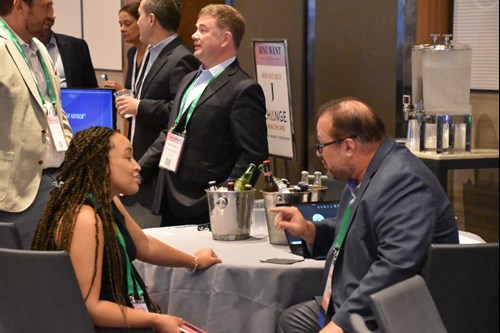

Next, we spent an hour participating in three 20-minute speed-networking interactive roundtable presentations on timely topics moderated by our sponsors. It was a wonderful learning opportunity–we just wish we could clone ourselves so we could sit on all 25 roundtables! Finally, we ended the day with a fantastic networking cocktail reception in the exhibit hall.
